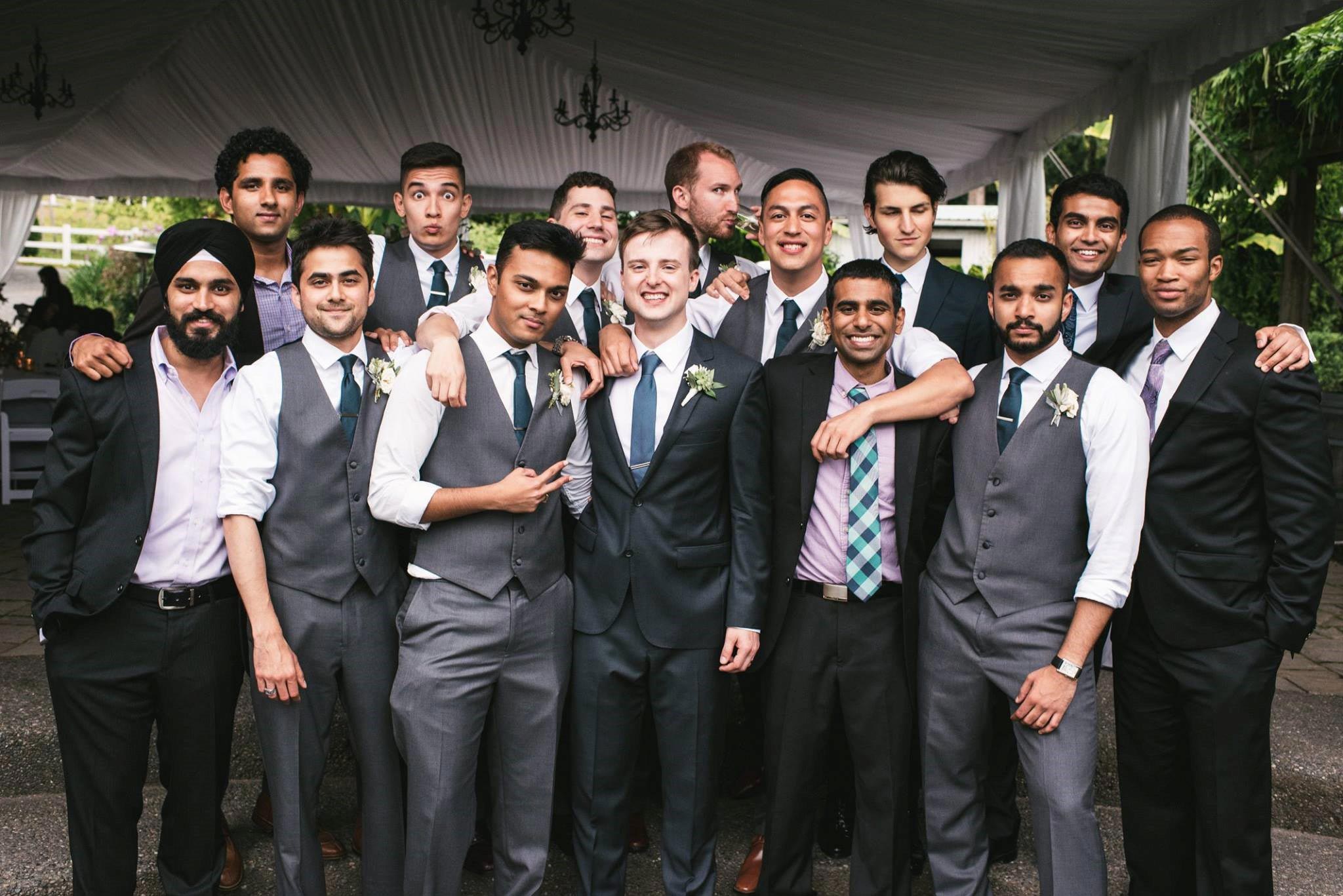Pi, Happy Hour, and Reunions: Alumni Stay Connected to MIT
-
-
slice.mit.edu
- 2
Filed Under
Recommended

Like Tallapragada, Samantha Marquart Brainard ’11 was asked to chair her Senior Gift campaign and readily accepted, “MIT gave me so much. The easiest way to give back was to make sure someone else had the same opportunity,” she says. Tallapragada and Brainard are among eight honorees of this year’s Margaret MacVicar ’65, ScD ’67 Award. The award recognizes MIT volunteers who have been involved with philanthropy for MIT for less than ten cumulative years.
Both Brainard and Tallapragada began volunteering as students, but Brainard might have started earlier, given the chance. “I knew I wanted to go to MIT when I was six years old, because that’s

where astronauts went to school,” she remembers. Her childhood dream came true when she enrolled in 2007. “There’s just something about the MIT community that made me feel like I was home—I latched onto it,” she says. “So I made it my purpose to help other students in any way.” After graduation, Brainard continued to extend that help as a class fundraiser, Annual Fund volunteer, and Educational Counselor (EC) among many more roles. Brainard currently balances volunteering with pursuing a PhD at George Washington University, and encourages alumni to get involved with MIT in any way that they can. “By volunteering I get to meet so many alumni and stay in touch with friends,” she says. “We were all shaped by MIT, and I think it’s so important to give back.”
Tallapragada is another volunteer who has tried out many different roles, working as an EC, reunion gift volunteer, and Annual Fund Board member—just to name a few. He builds a connection with the MIT community through events like MIT10 Happy Hours. “You get to see so many people you wouldn’t normally see,” he says. “It’s just as much socializing as it is fundraising.”

As a recent alumnus, Tallapragada’s volunteering challenge is connecting with alumni who want a break from MIT. “There’s this phenomenon when you graduate from MIT that your first reaction is this try to distance yourself as much as possible from it,” he explains. “You’re all done with PSETs and you want to start real life and make college a distant memory,” he says. But as the years tick by, Tallapragada sees a yearning to reconnect with MIT. “Right around their Pi Reunion, people start to appreciate their time at MIT, the curiosity, the desire to make change that you find at MIT,” he says.
For those wanting to reconnect, Tallapragada suggests starting out as an EC. “You get to talk to students and remember how much fun MIT was,” he says. He cautions that once you being volunteering, resistance might be futile. “Lots of people didn’t want to volunteer at first, but eventually you get the warm and fuzzies and want to be involved,” he says.
Brainard and Tallagaprada join Arjun Dayal ’08, Pamela M. Gannon ’84, Aliza Blachman O’Keeffe SM ’90, Dominic A. Ricci ’99, Daniel J. Serna ’04, and Oliver R. Smoot Jr. ’62 as 2017 MacVicar Award honorees. See the full list of volunteers being honored at the Alumni Leadership Conference, September 15-16. Learn how you can attend and get involved.








Comments
Emil M Friedman
Tue, 08/22/2017 11:13am
I omitted a crucial sentence. I meant to write:
Many of our friends at MIT were in classes slightly ahead of or behind us. People from class “n” are unlikely to know people from class n+5.
Instead of having the classes of n, n+/-5, n+/-10 attend a reunion we, could have “j” contiguous classes attend and skip “k” years to the next set of “j” contiguous classes. Each year we would shift the set of invited classes by "j" years.
We could repeat the process after the end of the cycle, but shift it so that people who were at the beginning or end of a cluster would be in the middle of a cluster the next time around.
There’s lots of room for the choice of “j” and “k”. j=7 might be optimal in terms of maximizing the number of people we know. j=10 would permit it to be by decade or split decades and permit people to come back every five or ten years.
“k” would be chosen based on the choice of “j” and by expectation of how many classes could be accommodated in any given year.
Emil M Friedman
Tue, 08/22/2017 10:50am
"Cluster Reunions" would be more enjoyable and might be better attended:
Many of our friends at MIT were in classes slightly ahead of or behind us. People from class "n" are unlikely to know people from class n+5.
Instead of having the classes of n, n+/-5, n+/-10 attend a reunion we, could have "j" contiguous classes attend and skip "k" years to the next set of "j" contiguous classes. We could repeat the process after the end of the cycle, but shift it so that people who were at the beginning or end of a cluster would be in the middle of a cluster the next time around.
There's lots of room for the choice of "j" and "k". j=7 might be optimal in terms of maximizing the number of people we know. j=10 would permit it to be by decade or split decades and permit people to come back every five or ten years.
"k" would be chosen based on the choice of "j" and by expectation of how many classes could be accommodated in any given year.